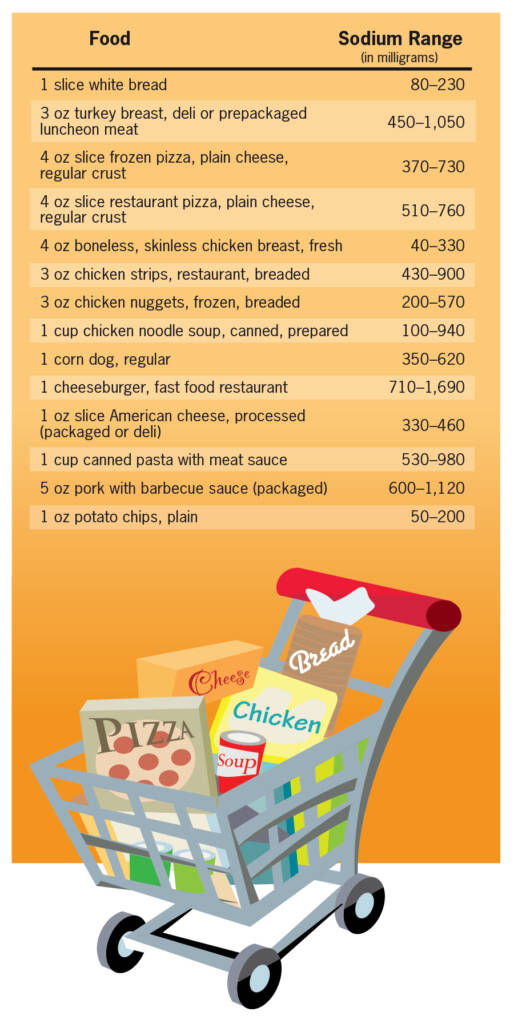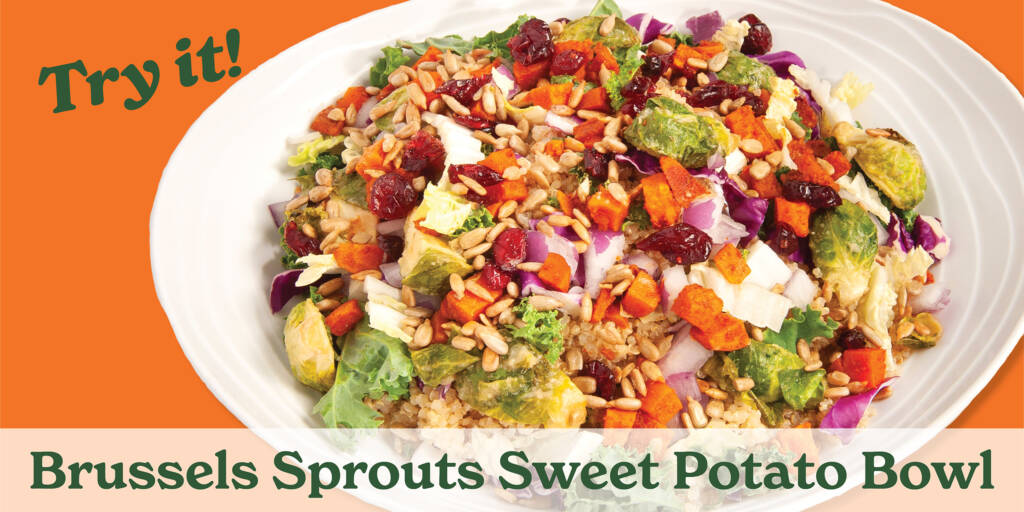Lovely Eating During Heart Health Month
- Jan 2024
- Share:
by Alexandra Liles, CHOP5 Wellness Blogger

Do you eat to live or do you live to eat? What if this month we all tried to do both? Bringing a bit more intentionality, care, time, and joy– in a word more love– to our meals will add years to our lives. Making even the most mundane of meal times more of a celebration by inviting friends and loved ones to share them with us could add even more.
February is American Heart Month. President Lyndon B. Johnson started the initiative in 1964 after suffering from a heart attack himself and since then, every U.S. president has continued declaring February Heart Month.
Cardiovascular disease has been the leading cause of death for both American men and women since the 1950’s. If we are not battling against it ourselves, most of us have a family member (or several) suffering from cardiovascular disease. This issue hits close to home for me, too. My father suffered from a heart
attack a few years ago, like his mother did before him. The men on my husband’s side of the family have said for years that high cholesterol, a leading cause of heart disease, “runs in their family.”
We used to think heart disease was an inevitable consequence of aging and that both cholesterol and blood pressure would just naturally go up as we age. However, medical research has shown that the vast majority of people with buildup in their arteries (the precursor to full-blown heart disease), acquire this from the types of food they eat.
Let’s dive into the details– If the food we eat can directly impact our risk of heart disease, what does a “heart-healthy” diet look like? Well, for the majority of Americans it should look a whole lot greener than what we’re currently eating.
Last year CNN Health released a roundup of the top heart-healthy diets. The article can essentially be summed up in six words: put more plants on your plates. Whether we are considering DASH (Dietary Approaches to Stop Hypertension), The Mediterranean, or a strict vegetarian or vegan diet; top heart-healthy diets all focus on incorporating a variety of fruits, vegetables, legumes, and whole-grains.

But why? Diets, or eating styles as I prefer to call them, like the ones CNN highlighted
work to reduce arterial buildup because they naturally lower cholesterol and sodium
intake. Anyone following a plant-forward diet of any type will be more likely to avoid the
major sources of sodium in the Standard American Diet: processed foods and eating
out. More than 70% of the sodium American consume comes from these two sources.
Another important reason why these eating styles work to reduce cholesterol is fiber. In
my opinion, fiber should be the new food focus for us all in 2024 and plant forward
eating styles are fiber forward by nature. When most people think of fiber they may think
of their experiences in the bathroom more than those in the kitchen. It is true, certain
types of fiber have a big impact on that final stage of digestion. Without diving into the
dirty details, the main thing to remember about fiber is that it is only found in plant foods and it is missing in all fats and animal-derived foods. There is zero fiber whatsoever in
a hamburger patty or a strip of bacon, for example.
Soluble fiber works to strain cholesterol out of our bloodstreams as we digest food. This helps slow digestion, prevents spikes in blood sugar, and reduces cholesterol by turning it into waste. But less than 3% of Americans are getting enough fiber in their diets. On average, Americans are only getting maybe half the minimum amount of dietary fiber recommended.
So how do we get more? You guessed it: put more plants on your plates. The best sources of soluble fiber are beans; seeds; dark leafy greens; cruciferous vegetables like broccoli, cabbage, and brussels sprouts; sweet potatoes; fruits like avocados, oranges, blueberries, and raspberries; and whole grains like brown rice, quinoa, and oats.
Is it just me or is this list starting to sound a bit like a CHOP5 menu?
While in general eating out is categorized as a sodium bomb in the dietary patterns of most Americans, these surveys don’t consider health-conscious menus, like that of CHOP5. Even a cursory glance at a CHOP5 menu will show you how full of fiber their menu items are. If you are leaning more towards a completely plant-based eating style it is super easy to make modifications to any salad or bowl to achieve that goal.
Just last week, for example, I ordered myself a Spicy Teriyaki Chicken Rice Bowl with tofu instead of chicken, an easy substitute they were happy to accommodate. This modification added another serving of fiber to my dinner that would have been missing had I chosen to stick with chicken (remember, animal-derived foods do not contain any fiber at all). The dressing for this bowl is also dairy-free and completely plant-based. If you are curious about which dressings fit that bill at CHOP5, a staff member will be happy to check for you as they did for me.

My modified bowl from CHOP5 was super tasty and saved me on a night I had no time to cook. The best part of the whole experience was the time it gave me to share a meal with my husband (don’t worry, I brought him home a CHOP5 bowl as well). Taking time each day to come together, slow down, and share at least one meal with each other, no matter how busy we get, has been an essential part of our relationship from the start.

Every family has their routines and traditions around food. However, studies have shown that sharing a meal and taking time to prioritize social eating can have measurable impacts on health. Research shows that those with fuller social lives live longer and recover more quickly from health setbacks. According to the CDC, “when people are socially connected and have stable and supportive relationships, they are
more likely to make healthy choices and to have better mental and physical health outcomes. They are also better able to cope with hard times, stress, anxiety, and depression.”
This February during Heart Month, I encourage you to fall in love with meal time. Slow down, take time to be more intentional about your food choices and make it a party; invite a friend or two. Your heart will thank you.

